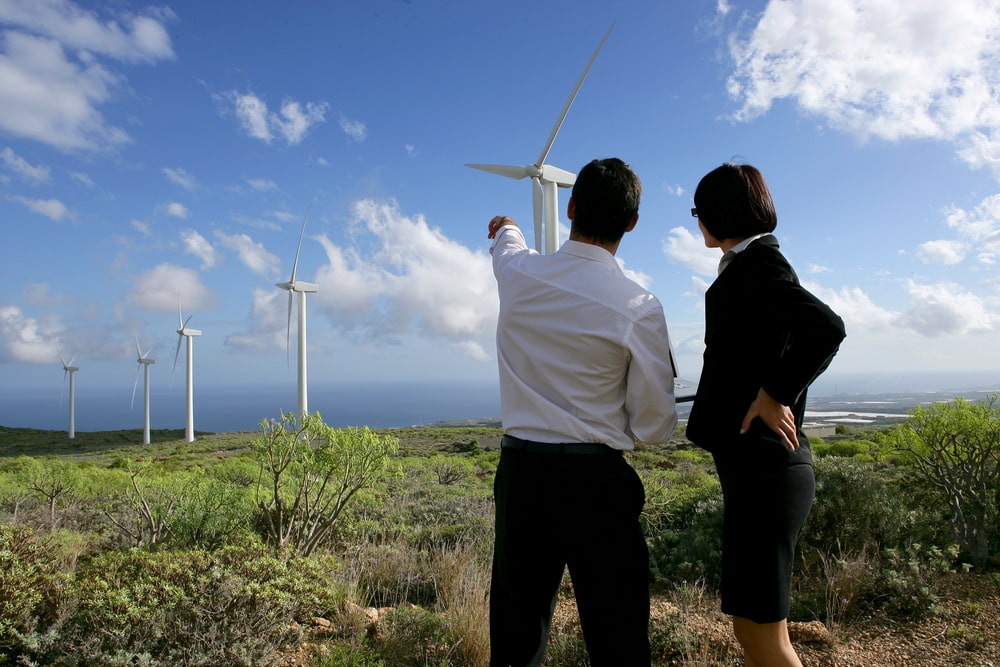5 Sustainability Tips to Use Government Programs for a Better Planet

Sustainability touches every functional area in a company. Many don’t know it – or don’t know how. When sustainability is understood, and embedded into day-to-day consciousness and decisions, it provides more value. This article examines how sustainability and Tax are related – and is one in a series examining how sustainability affects different functional areas in a company.
Ernst & Young LLP released a survey in March of 2012 on sustainability and tax. About 4/5 of the survey respondents were tax professionals, and 1/5 were Chief Sustainability Officers. Only 28% of the tax directors believed their company had a sustainability strategy or was developing one; whereas 90% of the CSOs reported that they did. This indicates a significant disconnect between sustainability and Tax departments.
Companies are leaving money on the table when they implement qualifying programs. By failing to consider government incentives, companies are failing to implement additional programs that could improve the planet, achieve public policy goals – and be done at lower cost. Here are 5 sustainability tips that will leverage government programs for a better planet. 
- Reduction in Energy Use: Financial incentives to reduce energy use have been around for decades. Utility companies typically have programs to reduce energy use; these incentives benefit the utilities, too – since they are less expensive than building new power plants.
The U.S. Department of Energy has a website that maps to many tax credits, rebates and other incentives to support energy efficiency, use of renewable energy sources, and to reduce pollution. The website includes a feature to sort by eligibility: residential; non-profit; agricultural; various governments; multi-family residential; schools; and others.
- Energy Use in Commercial Buildings: The Internal Revenue Service allows for tax deductions for certain energy efficiency measures on commercial building properties.
IRS Section 179D first allowed deductions through 2009, and has been extended to allow deductions for improvements put into place before January 31, 2014. Qualifying projects include interior lighting systems; heating, cooling, ventilation and hot water systems. Whether this is extended or not, the types of deductions form the blueprint for many state and local deductions.
- Hire the right people. Although energy reduction gets the most headlines, sustainability involves the work force, too. The Work Opportunity Tax Credit is a federal tax credit available to employers for hiring individuals from certain target groups who have consistently faced significant barriers to employment. These groups include veterans, SNAP (food stamp) recipients, individuals in 18 – 39 year old age group who live in a federally designated Rural Renewal County or Empowerment zone, or an ex-felon who has been out of prison for less than one year. Wounded Warriors Tax Credit, businesses can get up to $9,600 for hiring long-term unemployed veterans with service-connected disabilities. The proposed FY 2014 budget proposes making these benefits permanent.
- Repurpose postconsumer waste. According to an article by tax experts at Crowe Horwath, some states offer significant state income tax credits for the purchase of equipment used to gather, process, or manufacture products out of post-consumer waste.
This is a good example of how states can be creative in how they implement tax incentives to implement public policy. This incentive would divert waste from landfills, directing instead into other uses. This postpones or avoids the need to construct expensive new landfills. This tax policy could drive innovation. Used tires can be recycled into road materials, or flexible sidewalks (ideal to avoid buckling from tree roots).
- Donate strategically to a good cause. Corporate Philanthropy is another way to link sustainability and tax. Companies can donate cash to legitimate non-profit organizations. Companies can also make non-cash charitable contributions (and submit a Form 8283).
Selection of the non-profits can be done strategically to align with business goals. For example, a sports apparel company could donate excess product to Boys / Girls Clubs for after-school athletic programs. The local school district might also qualify. A company re-doing their offices could donate the old office furniture; the local Chamber of Commerce might accept it and pass it along to a start-up business.
A core principle of sustainability is transparency on relevant economic, environmental, and social factors. The Global Reporting Initiative is the world’s foremost platform for reporting sustainability performance. Parameter EC4 is the total monetary value of financial assistance received from governments during a reporting period.
Wherever possible, track benefits received using appropriate parameters – reduction in energy use, number of veterans hired, etc. This data will be useful for Sustainability reporting, as well as review of programs to evaluate their effectiveness.
The author is not a Certified Public Accountant, and reminds you to consult your tax accountant for tax advice. But then, connecting Sustainability and Tax departments is the whole point!
Category: Business Growth & Strategy Innovation
Tags:

